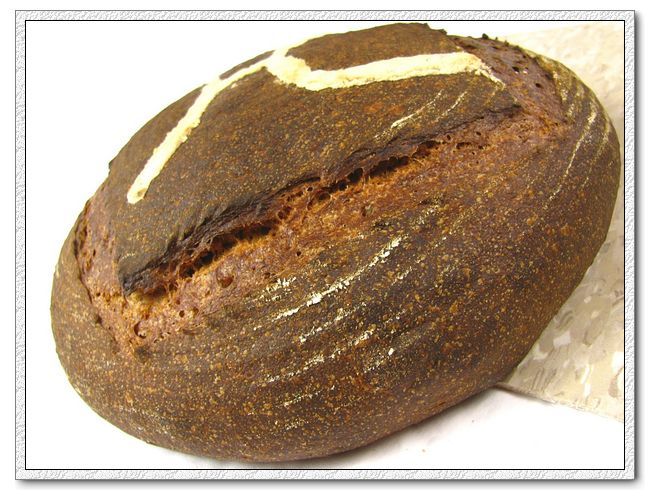A double whammy
It has been quite awhile since I've baked much of anything, particularly sourdough, as since getting pregnant in March I've found the smell of the sourdough and the thought of making it completely nauseating (which is bizarre seeing as I was totally addicted to it before getting pregnant, and baking everyday. Or maybe that is why....) Anyway, this pregnancy has seen the nausea last an unreasonably long time, so only in the last few weeks have I felt inclined to get back to baking. When I was baking regularly earlier in the year, I deliberated over the available options for
- Log in or register to post comments
- 3 comments
- View post
- bakinbuff's Blog

